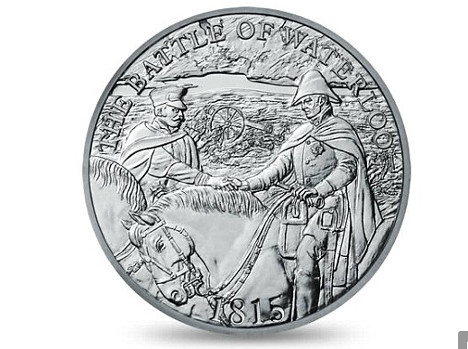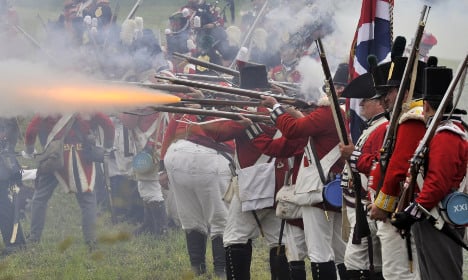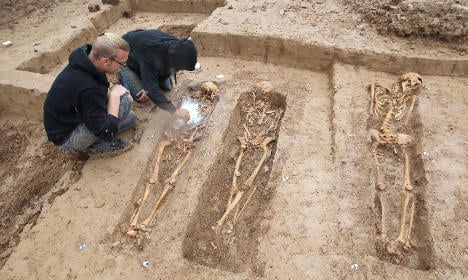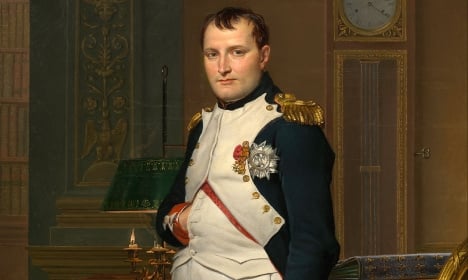The move is seen as provocative given France had forced it to scrap a €2 ($2.25) coin of the same purpose.
Paris objected to the new Belgian coin, commemorating the French emperor's defeat by British and Prussian forces, earlier this year, saying it would create tensions at a time when Europe's unity is under threat.
Belgium was forced to get rid of around 180,000 €2 coins that had already been minted after Paris sent a letter saying they could cause an “unfavourable reaction in France”.

But Belgium has managed to skirt the French protests using a rule that allows eurozone countries to unilaterally issue coins if they are in an irregular denomination — in this case, €2.5.
Napoleon Bonaparte was forced into exile after his grand European ambitions were crushed at the hands of the Duke of Wellington's forces at the Battle of Waterloo on June 18th, 1815, which took place on what is now the outskirts of Brussels.
France had said in its initial letter to Belgium that the battle “has a particular resonance in the collective consciousness that goes beyond a simple military conflict”.
But Belgian Finance Minister Johan Van Overtveldt said the new coins — of which there will be 70,000 – were not being released in a deliberate bid to anger France.
“The goal is not to revive old quarrels. In a modern Europe, there are more important things to sort out,” he said Monday.
“But there's been no battle in recent history as important as Waterloo, or indeed one that captures the imagination in the same way.”
The 2.5-euro coins will be usable in Belgian shops, but collectors are expected to snap many of them up. Sold in special plastic bags priced at €6, they show the Lion's Mound monument that stands at the battlefield site, as well as lines indicating the position of the troops.
Several thousand copies of a silver coin – with a face value of €10, but sold at €40 – will also be released.
France has not reacted publicly yet but it may have to fend off accusations of hypocrisy after it struck its own commemorative €2 coin to mark the 70th anniversary of the Normandy landings last year.
Britain, which has its own currency does have a £5 ($7.65) coin commemorating the famous battle of Waterloo.
SEE ALSO: Waterloo still taboo for the French 200-years-on




 Please whitelist us to continue reading.
Please whitelist us to continue reading.
Member comments